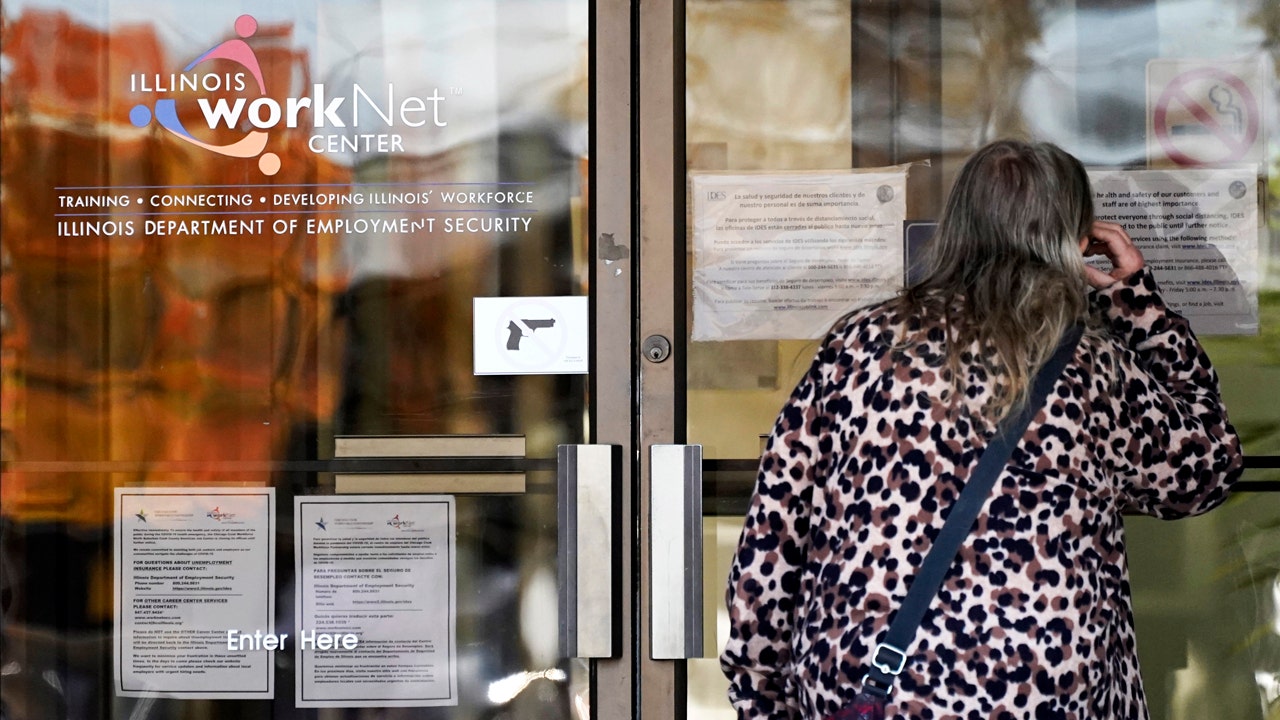Wall Street Journal Assistant Editor-in-Chief James Freeman, Fox Business’ Dagon McDowell, Employebridge Chief Analyst Johnny Courtney, FreedomWorks Economist Steve Moore, Wall Street Journal’s Senior Writer John Hills Jobs Report for the month.
The number of Americans applying for state unemployment benefits is at its lowest level since March last week, but significantly higher than in pre-epidemic levels.
The Labor Department’s latest unemployment claim figures for the week ended November 7 showed that 709,000 workers sought help last week, four times the pre-crisis level. However, by the end of March it was nearly 7 million, with the states first implementing locking measures to prevent the spread of COVID-19.
JOE BIDEN’s 2020 Tax Plan: Key Points
Unemployment demands have not been lower since 282,000 Americans petitioned for help in the week ending March 14, shortly before the virus-induced crisis triggered a flood of layoffs.
More than 66 million Americans – About 40% of the country’s workforce – Corona virus locks have been applying for help since they began in mid-March.
Economists who studied the Refinitive expect 735,000 new claims.
$ 3.4T near BIDEN PLATFORM, raising taxes through study innovations
The number of people receiving consecutive unemployment benefits fell to 6.78 million, down about 436,000 from the previous week. The collapse suggests that employers are recalling their workers.
However, some of the so-called reclaimed claims may refer to workers who used the maximum allowances available through state unemployment programs (usually about six months) and now benefit from a separate federal scheme. 13 weeks. Congress created additional federal benefits by enacting the CARES Act earlier this year.
About 10.1 million Americans are out of work in February before the epidemic.
On Wednesday, the United States set a one-day record for corona virus cases, bringing the total number of infections to 136,000, raising fears that another wave could be stopped.
“Every week, many businesses see declining revenue expansion, especially at leisure, hospitality and travel breaks,” said Mark Hamrick, senior economist at Bancrate.com. “Infectious fatigue is not caused by consumers, whether by governments or self-imposed.”





